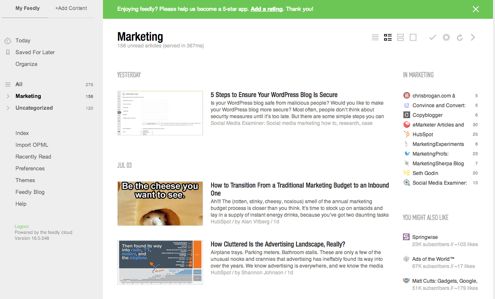
Photo Credit: Jonathan Kos-Read via Compfight cc
What would you say if you were at a party and the host informed everyone that the main topic of discussion and banter should be … how wonderful the host is. What a bang-up job she’s doing. How great she is over all, especially compared to others.
Kind of stifling, kind of a buzz kill, right?
Asking customers for “testimonials” and “recommendations” is kind of like being that kind of party host. To be sure, of course, the host is just going to love it (who doesn’t like to hear positive, glowing feedback about themselves?). However, it’s a one-way street, no matter how useful.
Instead, consider customer interviews or profiles rather than (or in addition to) recommendations and testimonials. A short, punchy Q-n-A with a key customer can be compelling reading, and it serves many strategic purposes for your business – if it’s done right.
Why do a customer profile article or interview? Here are the main reasons:
- Your company is forging a better relationship with a customer by doing this. Trust me, this is never a bad thing.
- Shining the spotlight on customers sends a signal that your company is brave: it’s not afraid to get up close and personal with the end user.
- “Show some love!” This is a quick way to add some color and humanity to marketing efforts. It also is very flattering to the customer.
- You’ll learn some new things about your product and how it’s perceived. If you dig a little deeper into why a client likes your product, you’re bound to gain new insights.
- You can use the interview in many ways for your marketing efforts.
- It’s not as hard as you think!
In the next blog, I’ll show you exactly how easy it is to do a customer interview or profile by following a few key how-to rules (tomorrow’s post). Then I’ll show you how to use customer profiles or interviews to maximum effectiveness as marketing content.


